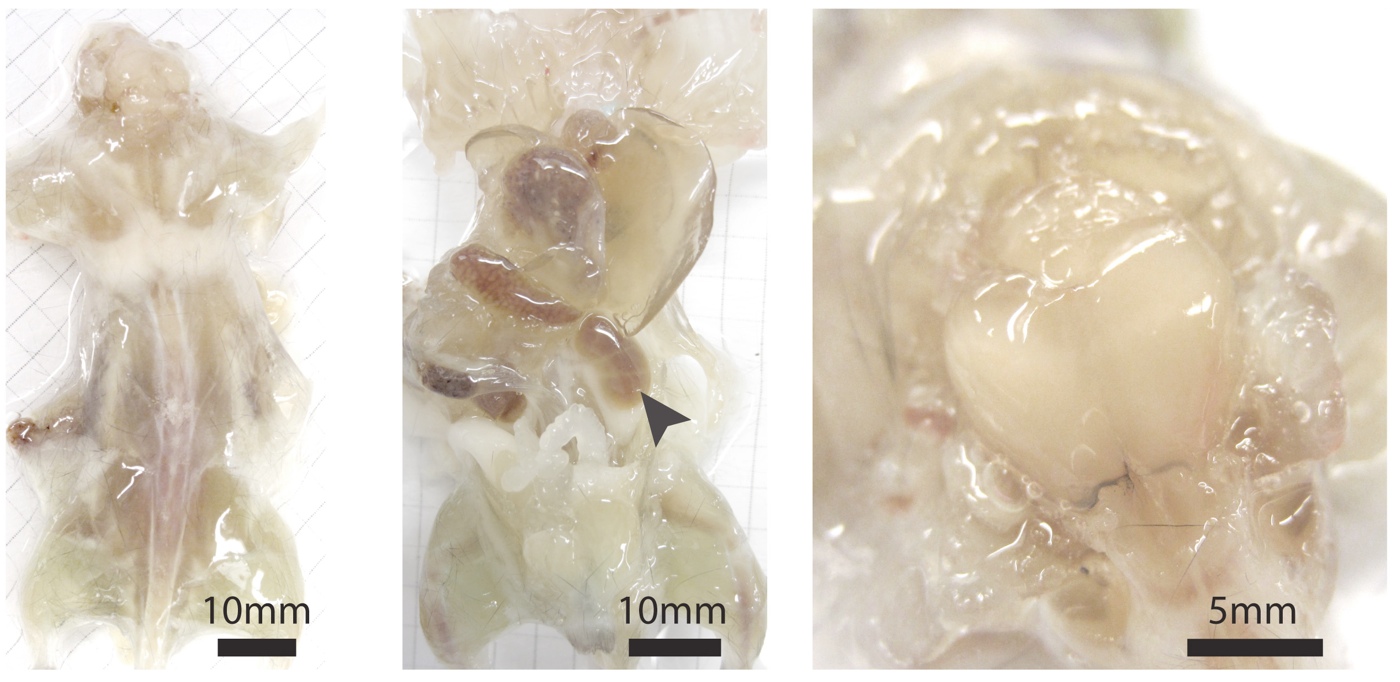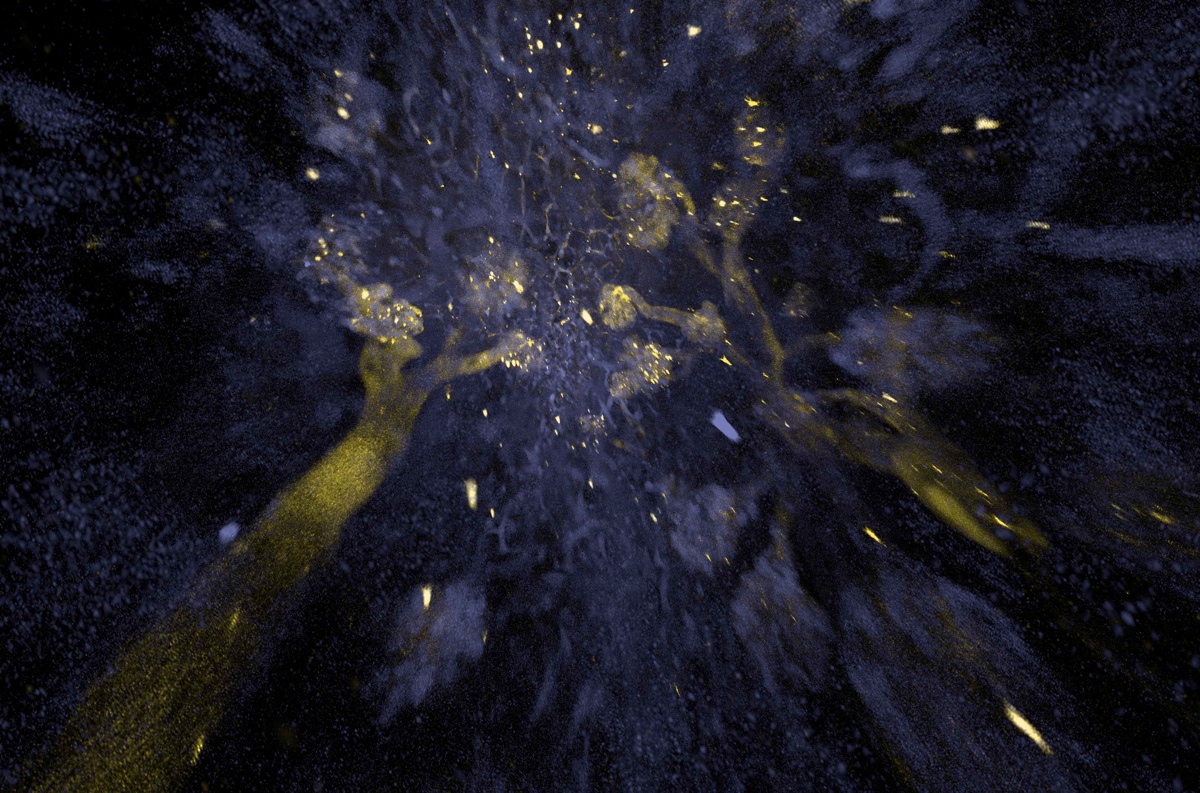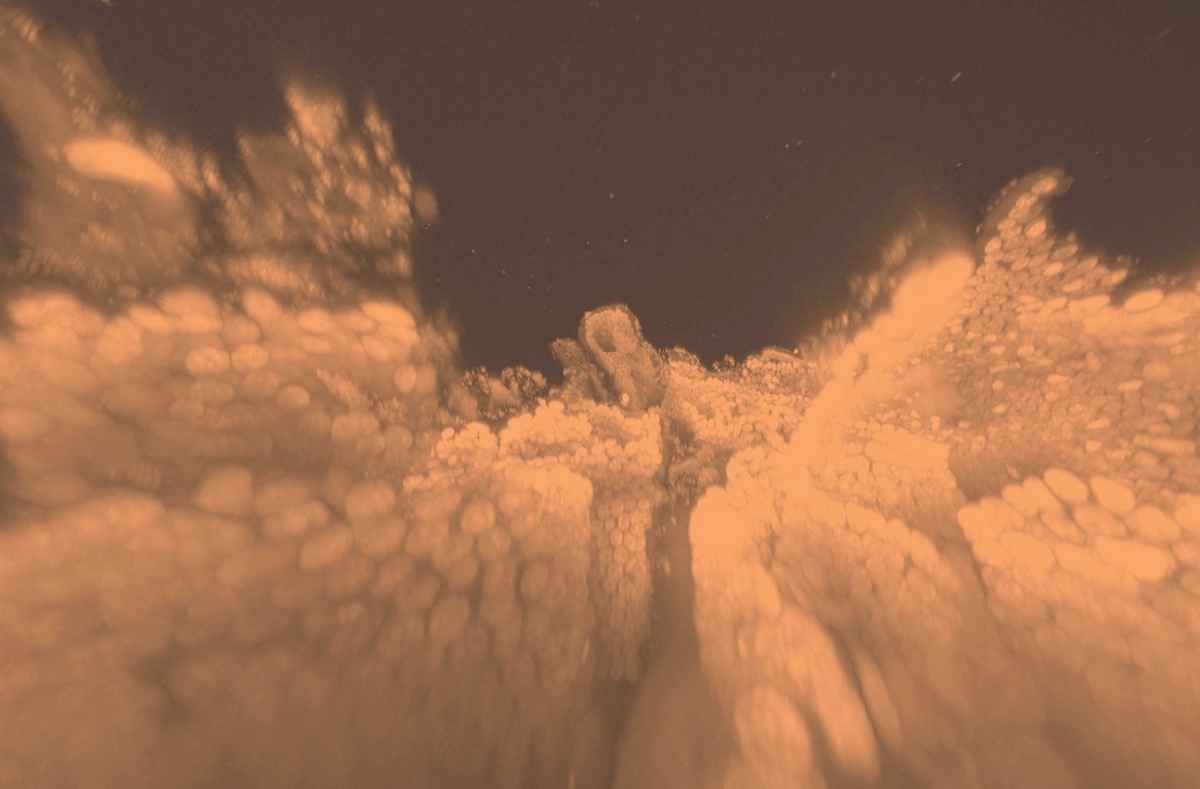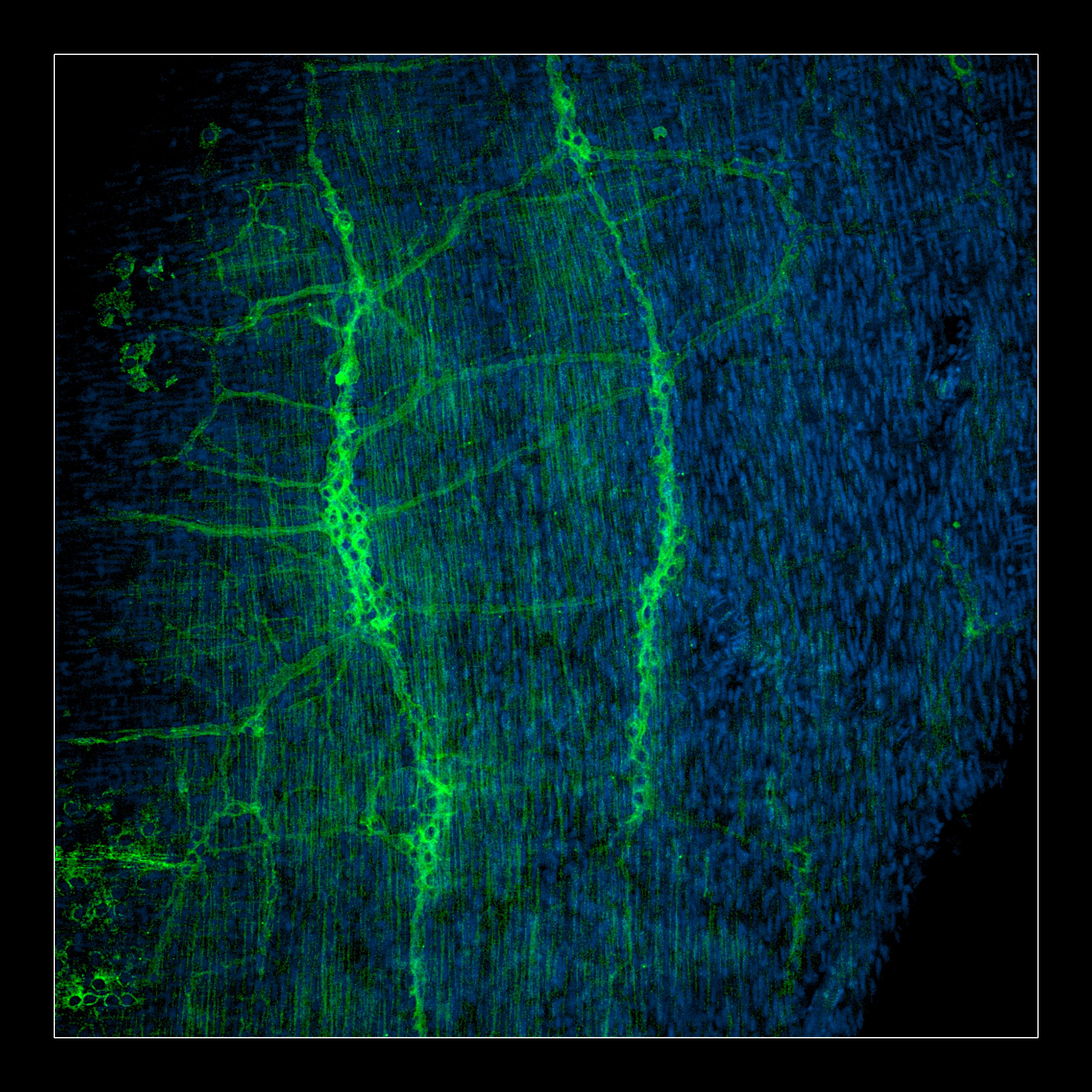Transparent Organs: Images Reveal See-Through Mouse
Naked mouse

Scientists have rendered furry mice a bit naked with a serious technique called CLARITY, which could help them understand processes in the body. In fact, with the new technique, they created a completely see-through mouse (shown here), in which they could view the rodent's organs, including its lungs, kidneys, heart and even its brain.
See-Through Rodent

Here, three different views of the transparent mouse after the scientists had cleaned its body for one week with a method involving a water-based gel to hold the body's structure, followed by detergents to wash away the fatty molecules.
Amazing Kidney

The technique, which has been used to create transparent brains and embryos, had to be modified for the mice. The researchers injected the water-based gel and detergents directly into the mouse's bloodstream, something that was done to prevent damaging the mouse tissue. Within a few days of the injection, the kidneys turned ghostly. Here, a 3D visualization of such a see-through kidney tissue.
Fluorescent Brain Cells

This 3-D visualization shows brain cells, within intact brain tissue. The cells are fluorescently-labeled, making them stand out against the tissue. Seeing cells in their natural "environment" within tissue can give scientists a better understanding of how whole-body processes work, researchers say.
See-Through Intestine

The scientists also came up with a solution to store and image thick slices of this transparent tissue under a microscope. Here, a 3D visualization of an intact intestine from the see-through mouse.
Illuminating the Intestine

This image reveals the structures within a mouse intestine. It was made from a compilation of cross-section images, taken throughout intact intestine tissue. The tissue labeled with fluorescent dyes, and imaged using a technique that involves injecting gels and detergents into the rodent's bloodstream.
Gut Blood Supply

In this cross-section image of intact mouse intestine tissue, blood vesicles are labeled with green fluorescent dye. The cells are labeled with red, and cell nuclei are labeled blue.
Get the world’s most fascinating discoveries delivered straight to your inbox.
See-Through Brains

In 2013, the researchers published their work on making individual organs transparent. Here, a mouse brain at left, and its transparent -- but still intact -- counterpart is shown at right. The brains are shown superimposed over a quote from the great Spanish neuroanatomist Ramon y Cajal.



